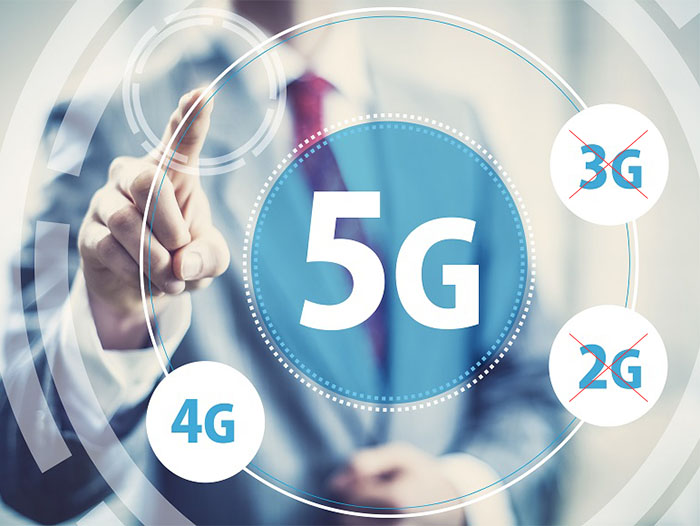Recently, China Telecom Yunnan Company issued an announcement saying: “The 3G-EVDO data service will be gradually closed starting from June 1.” As soon as the news came out, it immediately triggered a heated discussion in the circle. Why did the operators choose to implement 3G withdrawal at this time? Are the conditions for my country’s 2G/3G network withdrawal mature now? After 2G/3G is successfully withdrawn from the network, what profound impact will it have on the construction and development of 5G?


For operators, it is not easy to abandon the 2G/3G networks that have spent a lot of manpower, material resources, and financial resources to build. However, with the large-scale rollout of 5G construction, 2G/3G is also It’s time to withdraw from the stage of history.
2G/3G network withdrawal is imperative
As we all know, 2G/3G network withdrawal is not a new thing. With the development and innovation of communication technology around the world in recent years, most foreign telecom operators have become firm supporters of the move to withdraw 2G/3G from the network. my country’s three major operators have also begun to think about how to accelerate the move a long time ago. 2G/3G network withdrawal work. Especially after my country officially launched 5G network construction in 2019, the three major operators have all faced the ensuing problems of insufficient site resources, limited spectrum, complex networks, and increasing operation and maintenance costs, which have also caused problems for operators. Caused great trouble.
Of course, the benefits brought by the withdrawal of 2G/3G networks are obvious. From the perspective of spectrum utilization, the withdrawal of old technologies from the network can free up the spectrum to deploy new technologies. New technologies have higher spectrum efficiency and lower unit costs, which can make more effective use of limited spectrum resources; from the perspective of operation and maintenance From a perspective, network equipment has a life cycle. If 2G/3G equipment is replaced after its life cycle, the cost may be more expensive than buying a new 4G/5G base station, and the later equipment maintenance costs will also be higher. Network utilization Less efficient.
Low-frequency bands are of great significance to the rapid and cost-effective construction of 5G networks. On the one hand, they can quickly achieve 5G coverage in remote areas, help expand 5G coverage, and enable more consumers to enjoy 5G services. On the other hand, this move will also help improve the 5G experience in indoor environments and will be of great benefit to promoting the development of 5G in our country.
Therefore, whether from the perspective of operators or from the perspective of technological change, network withdrawal is the general trend.
Operators have already made plans to “withdraw from the network”
Although 2G/3G network withdrawal has only been explicitly mentioned at the national level recently, in fact, operators have already had long-term planning and deployment. Official information shows that China Telecom is currently promoting the withdrawal of CDMA from the network, gradually migrating 2G voice services to VoLTE, and requiring 5G terminals to no longer support CDMA; in order to accelerate the coordinated development of 4G/5G, China Mobile has promoted 2G frequency reduction and 3G withdrawal from the network; China Unicom has also promoted the withdrawal of 2G networks in some areas, encouraging 2G users to upgrade to 4G and refarming 2G spectrum for 4G/5G.
For operators, it is imperative to withdraw 2G/3G networks, but subsequent network construction and deployment are even more important. Only by adopting reasonable solutions can users be truly satisfied.